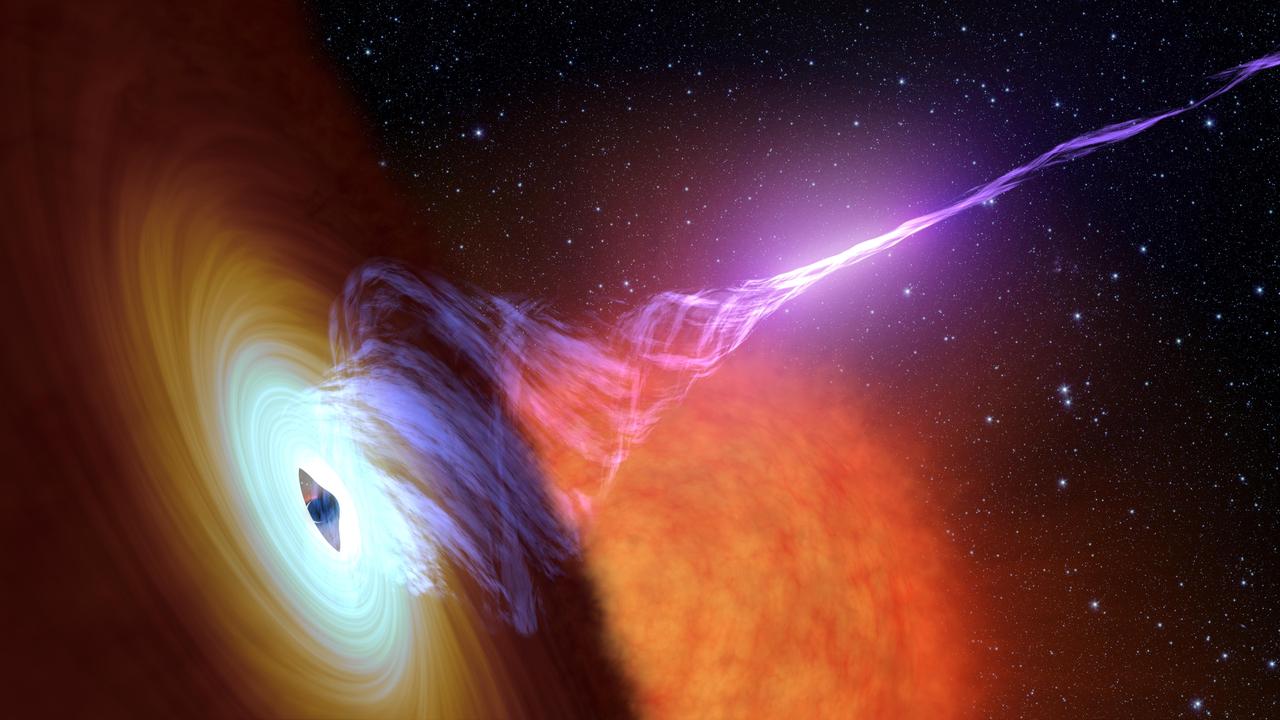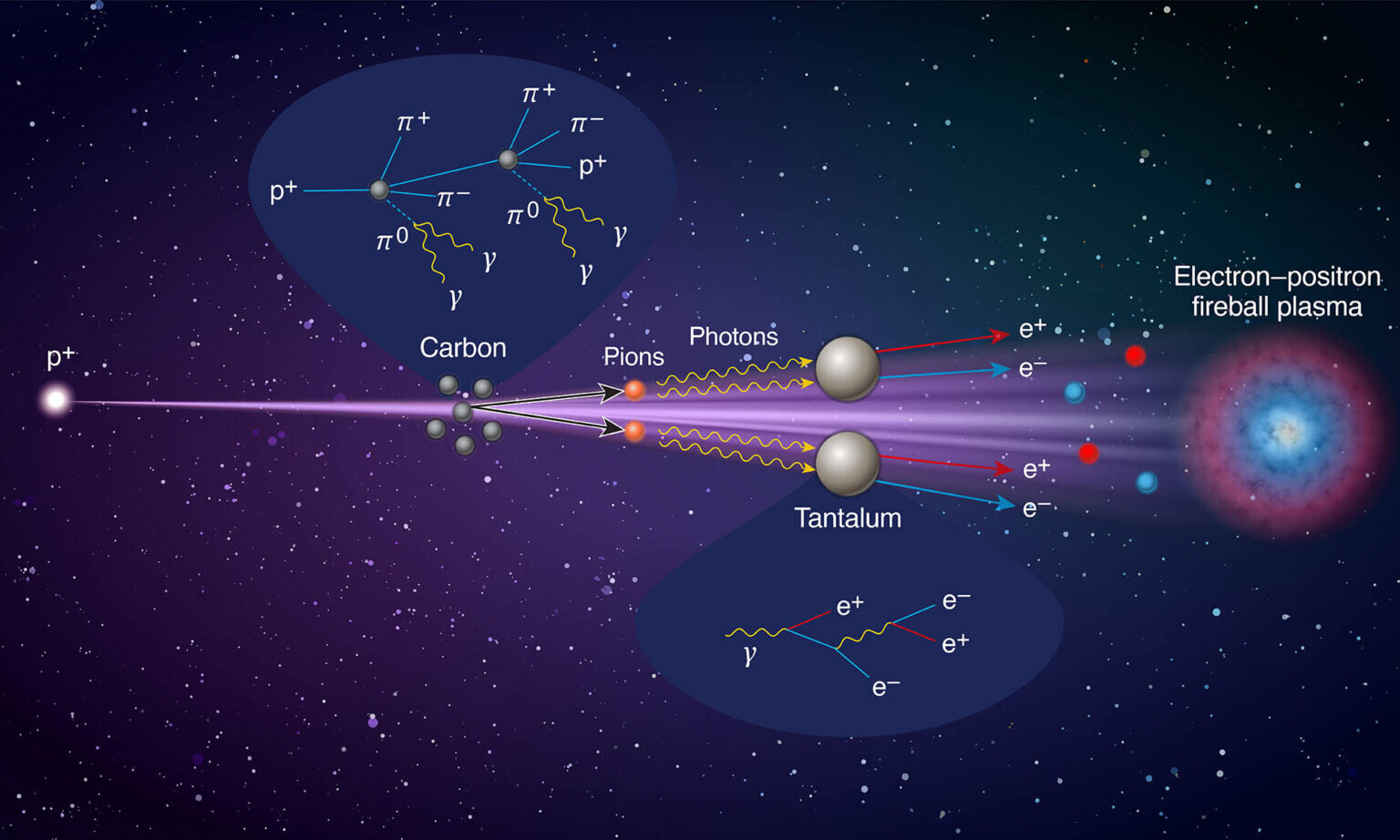
In a groundbreaking development, scientists at the European Organization for Nuclear Research (CERN) have successfully recreated black hole plasma jets in a laboratory using the High-Radiation to Materials (HiRadMat) facility. This experiment marks an important step forward in understanding the microphysics of astrophysical phenomena such as jets from black holes and neutron stars.
Black holes, known for their voracious appetite for consuming matter, also exhibit messy eating habits. The extreme physics surrounding these celestial bodies hurls material into space, forming jets of matter accelerated to almost the speed of light. These relativistic jets are believed to contain a plasma made up of electrons and their antimatter counterparts, positrons.
To recreate this phenomenon in the lab, CERN scientists captured 300 billion protons from the Super Proton Synchrotron and fired them onto targets made of graphite and tantalum. The resulting particle interactions generated enough electron-positron pairs to sustain a stable plasma state.
The cascade of interactions that occurs to create the plasma involves protons smashing into carbon nuclei in the graphite, which produces neutral pions. These unstable particles quickly decay into high-energy gamma rays, which then interact with the electric field of tantalum nuclei to produce pairs of electrons and positrons.
A staggering 10 trillion electron-positron pairs were produced in this test run, making it behave like an actual astrophysical plasma. This achievement opens the door to future experiments that could explore powerful processes happening in gamma-ray bursts and active galactic nuclei outflows.
The research was published in the journal Nature Communications.
Sources: CERN, University of Rochester




